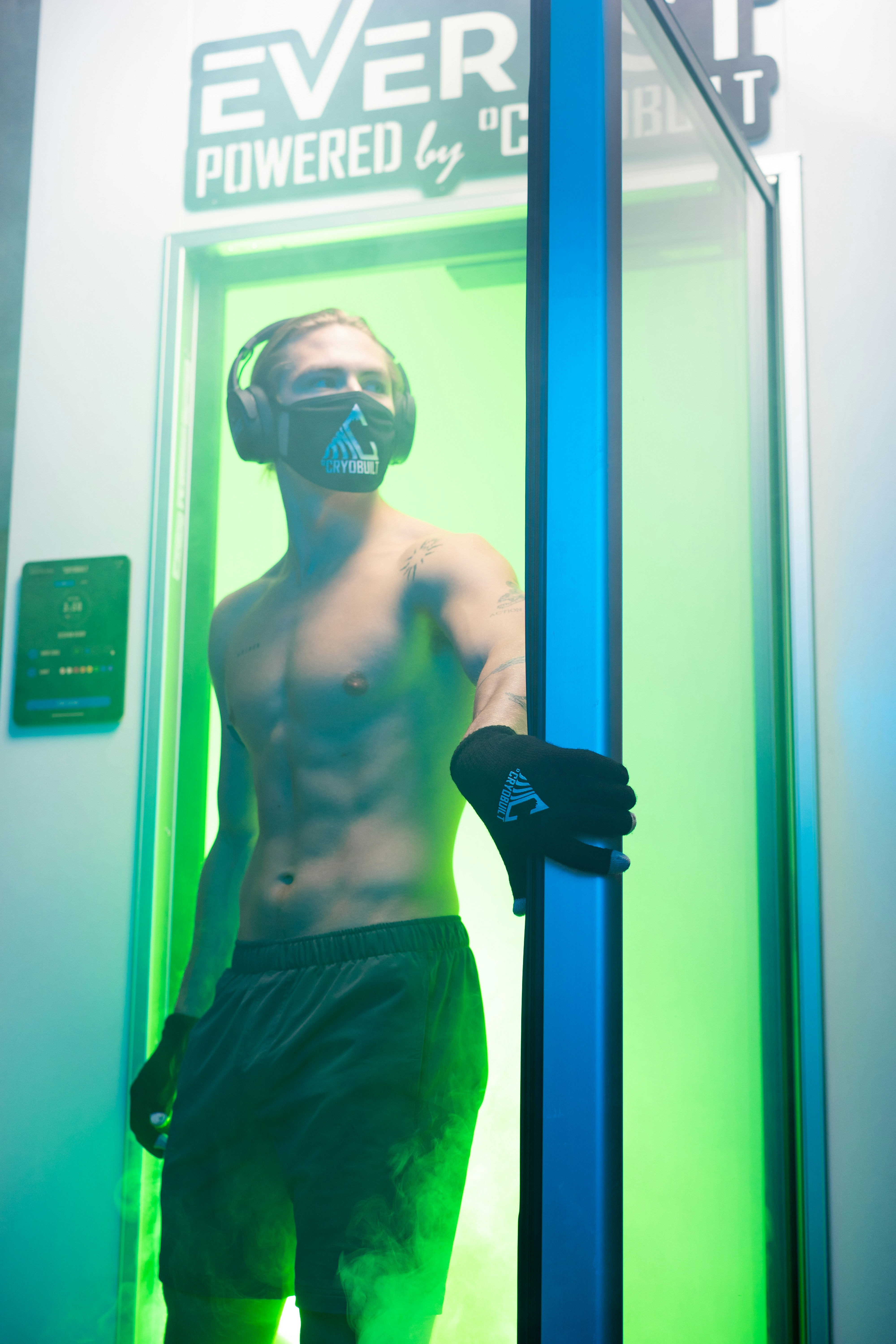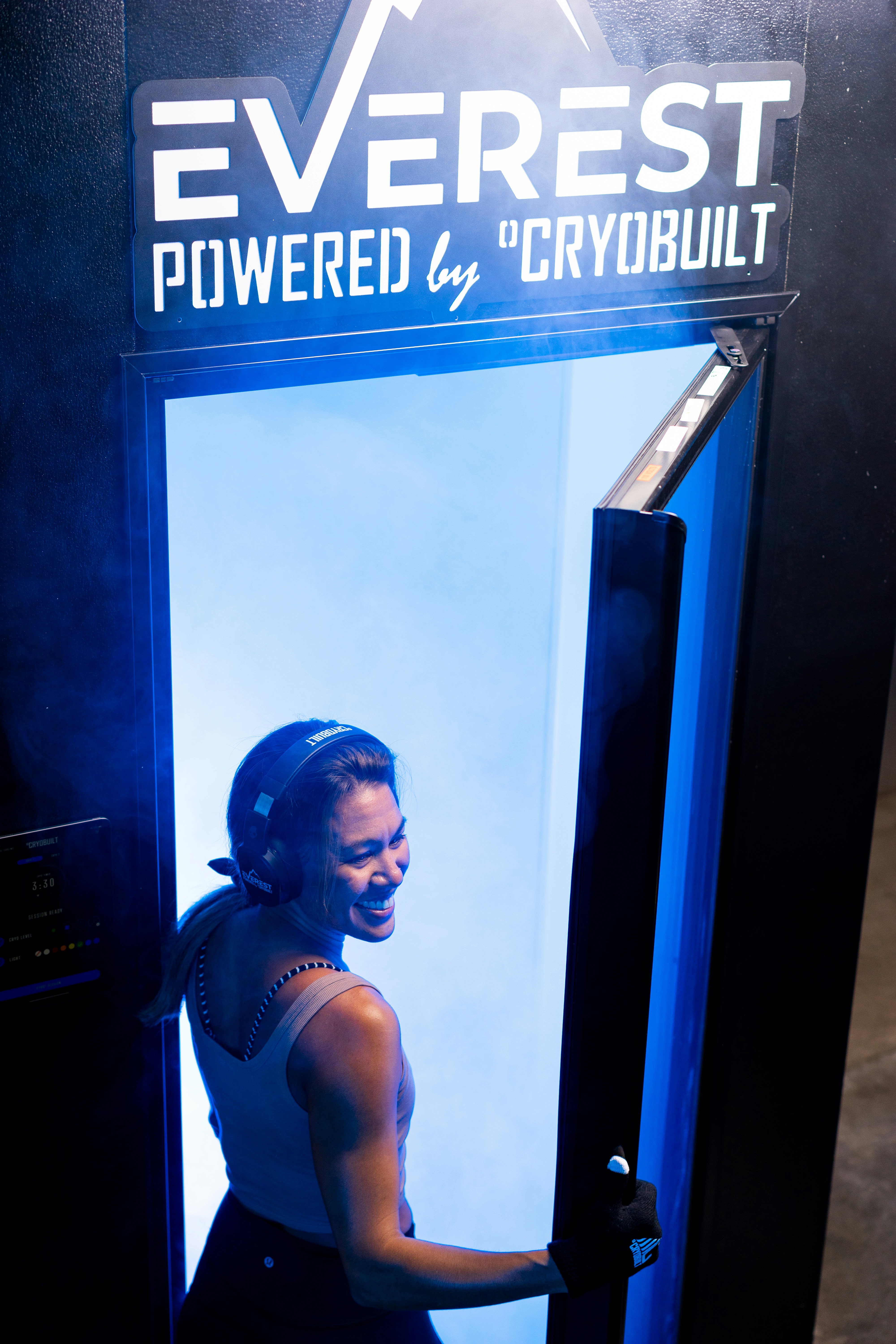Have you ever wondered how cold therapy might impact your health, particularly in regards to blood pressure variability? It might be surprising to learn that the application of cold temperatures to the body — known as cold therapy — can actually play a significant role in influencing your cardiovascular health. In this article, we will embark on a journey through the scientific underpinnings and practical applications of cold therapy, examining its potential to regulate blood pressure variability.
Understanding Blood Pressure Variability
What is Blood Pressure Variability?
Blood pressure variability (BPV) refers to the fluctuations in blood pressure readings over a period of time. These fluctuations can occur hourly, daily, or even over months. While most people are familiar with the terms “high blood pressure” or “hypertension,” BPV is a more nuanced measure. It encompasses any variation in blood pressure, whether small or significant, and can be influenced by numerous factors, including emotional stress, physical activity, and environmental conditions.
Why is Blood Pressure Variability Important?
It’s important to pay attention to BPV because it provides deeper insights into the health of your cardiovascular system than single blood pressure measurements. Research has shown that high BPV is associated with increased risk of cardiovascular diseases, stroke, and mortality. By focusing on BPV rather than just looking at consistent high readings, you might be able to detect potential health issues earlier.
The Science Behind Cold Therapy
What is Cold Therapy?
Cold therapy, often referred to as cryotherapy, involves the use of low temperatures to treat various ailments. This can include techniques such as ice packs, cold baths, or full-body cryotherapy chambers. It’s not a new concept; in fact, cold therapy has been used for centuries to treat injuries, reduce inflammation, and accelerate recovery.
How Does Cold Therapy Work?
Cold therapy works by causing the blood vessels to contract and then dilate again upon re-warming. This process can help reduce inflammation, alleviate pain, and enhance circulation. For cardiovascular health, this vasoconstriction and subsequent vasodilation might also play a role in regulating blood pressure.
The Connection Between Cold Therapy and Blood Pressure
Cold Exposure and Blood Pressure Regulation
Exposure to cold can stimulate the autonomic nervous system, which is responsible for regulating involuntary bodily functions such as heart rate and blood pressure. The initial response to cold is vasoconstriction, which increases blood pressure. However, after the exposure ends, blood vessels dilate, leading to improved circulation and potentially stabilizing BPV over time.
Scientific Research on Cold Therapy and BPV
In recent years, various studies have investigated the relationship between cold therapy and BPV. Some have found that regular cold exposure, such as cold showers or ice baths, can lead to more stable blood pressure readings over time. These effects can be beneficial for individuals with hypertension or those at risk of heart diseases, as they help promote a more resilient cardiovascular system.
Practical Applications of Cold Therapy for BPV
Cooling Techniques for Home Use
If you’re interested in incorporating cold therapy into your routine, there are several practical techniques you can try at home:
- Cold Showers: Start with a warm shower and gradually decrease the temperature. Aim for 30 seconds to 1 minute of cold water at the end.
- Ice Packs: Apply to specific areas where you experience pain or tension, such as your neck or shoulders.
- Cold Baths: Fill a tub with cold water and submerge yourself for short periods.
Safe Practices for Effective Cold Therapy
While cold therapy is generally safe for most, it’s important to approach it with caution. Here are a few tips to keep in mind:
- Start Gradually: Begin with shorter exposure times and gradually increase as your body adapts.
- Monitor Your Body’s Response: If you experience pain or excessive discomfort, take a break and consult a healthcare professional if necessary.
- Avoid Overexposure: Prolonged exposure to extreme cold can lead to hypothermia or frostbite.
Benefits and Limitations of Cold Therapy
Potential Benefits on Health
Cold therapy offers a range of health benefits that extend beyond just blood pressure regulation. These may include:
- Reduced Inflammation: Cold can reduce swelling and inflammation, promoting faster recovery.
- Alleviation of Pain: Cold therapy can numb the area, reducing pain from injuries or chronic conditions.
- Mental Well-being: Exposure to cold might release endorphins, enhancing mood and reducing stress.
Limitations and Considerations
However, like any treatment, there are limitations to consider. Cold therapy might not be suitable for everyone, especially those with certain medical conditions, such as Raynaud’s disease or cardiovascular issues. It’s essential to consult with a healthcare provider before starting any new treatment regimen.
The Debate: Cold Therapy as an Adjunct to Conventional Treatments
Complementary to Modern Medicine
Cold therapy should not be seen as a complete alternative to medical treatments but rather as a complementary approach. Managing blood pressure often requires a multifaceted approach, including lifestyle changes and medication when necessary. Cold therapy can be an additional tool in your health toolkit.
Clinical Considerations
Researchers continue to study the impact of cold therapy in controlled settings to fully understand its efficacy and safety. While personal anecdotes are abundant, robust clinical evidence is still emerging. Thus, cold therapy should be undertaken with informed guidance from healthcare professionals.

Case Studies and Personal Testimonials
Real-world Experiences
Many individuals who’ve tried cold therapy report a noticeable impact on their overall well-being. Some feel more relaxed, with decreased stress levels and improved mental clarity. Others claim that routine cold exposure has stabilized their blood pressure and enhanced their cardiovascular health.
A Balanced Perspective
Despite many success stories, cold therapy may not produce dramatic results for everyone. Individual responses can vary widely due to differences in health status, genetics, and lifestyle. It’s crucial to set realistic expectations and recognize that cold therapy is not a one-size-fits-all solution.
Cold Therapy and Its Role in Stress Management
Stress-Blood Pressure Connection
Stress is a well-known factor that can cause fluctuations in blood pressure. Because cold therapy can promote relaxation and reduce stress, it may help in managing BPV indirectly by targeting one of its root causes—stress.
Incorporating Cold Therapy into a Stress-Reduction Routine
To harness cold therapy for stress management:
- Mindful Cold Showers: Practice deep breathing while taking cold showers to boost the calming effect.
- Alternating Hot and Cold Therapy: This technique can help invigorate your body and mind, promoting relaxation.
- Cold Face Plunge: Brief immersion of the face in a bowl of cold water can stimulate the vagus nerve, which is connected to reducing stress.

Future Directions in Cold Therapy Research
Innovations and Discoveries
As the understanding of cold therapy’s impact on BPV grows, so do the possibilities for innovative treatments. Scientists are exploring new ways to harness cold exposure, including high-tech cryotherapy chambers and wearable technology that administers controlled cold exposure.
Bridging the Knowledge Gap
Ongoing research is essential to fully clarify how cold therapy affects blood pressure and its variability. Future studies could explore personalized cold therapy regimens based on individual physiological responses, potentially leading to more targeted and effective interventions.
Conclusion
In conclusion, cold therapy presents an intriguing and promising means to manage blood pressure variability. While it should complement rather than replace conventional treatments, cold therapy offers several potential health benefits, including regulation of blood pressure and stress reduction. As with any health practice, it’s essential to approach cold therapy thoughtfully and informed by the latest scientific insights.
Embracing a holistic approach that integrates traditional methods with innovative techniques like cold therapy might just be a refreshing path towards better cardiovascular health and overall well-being.




